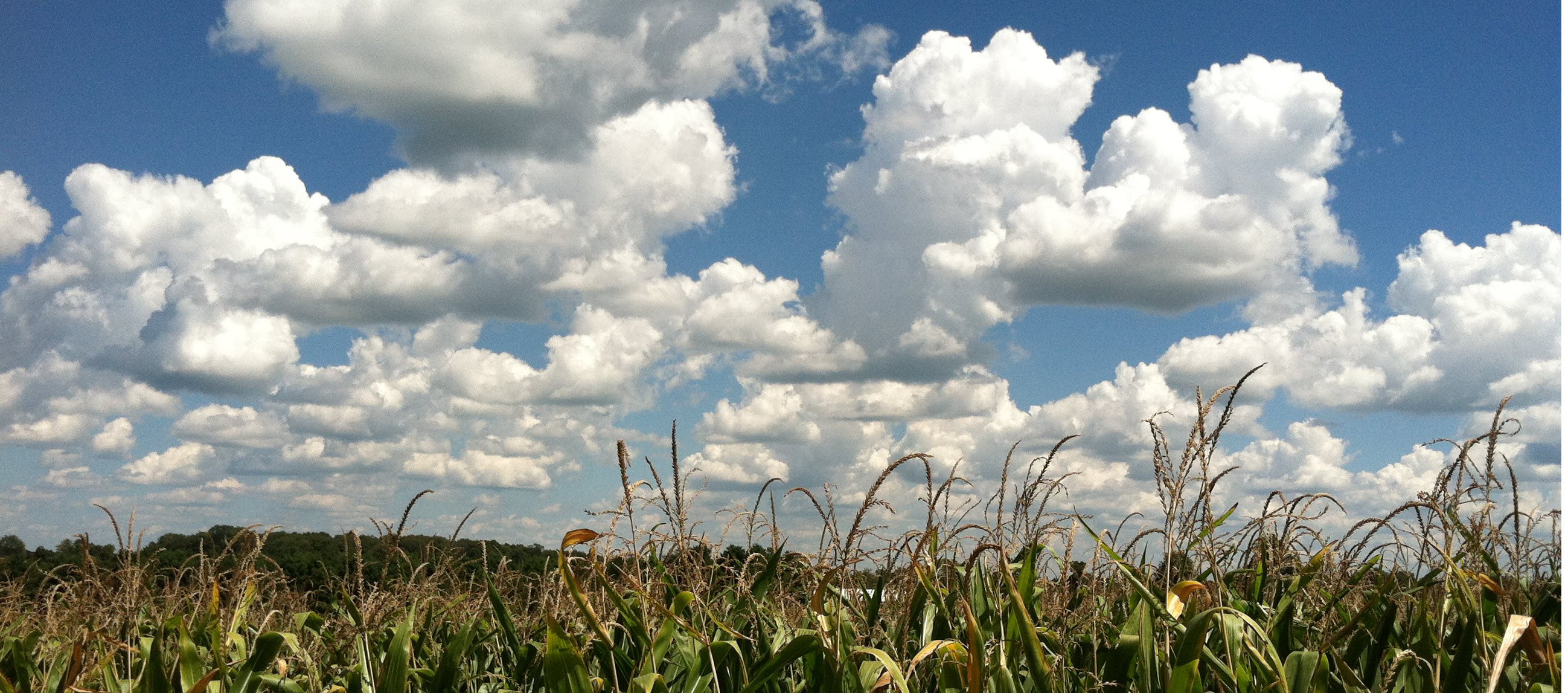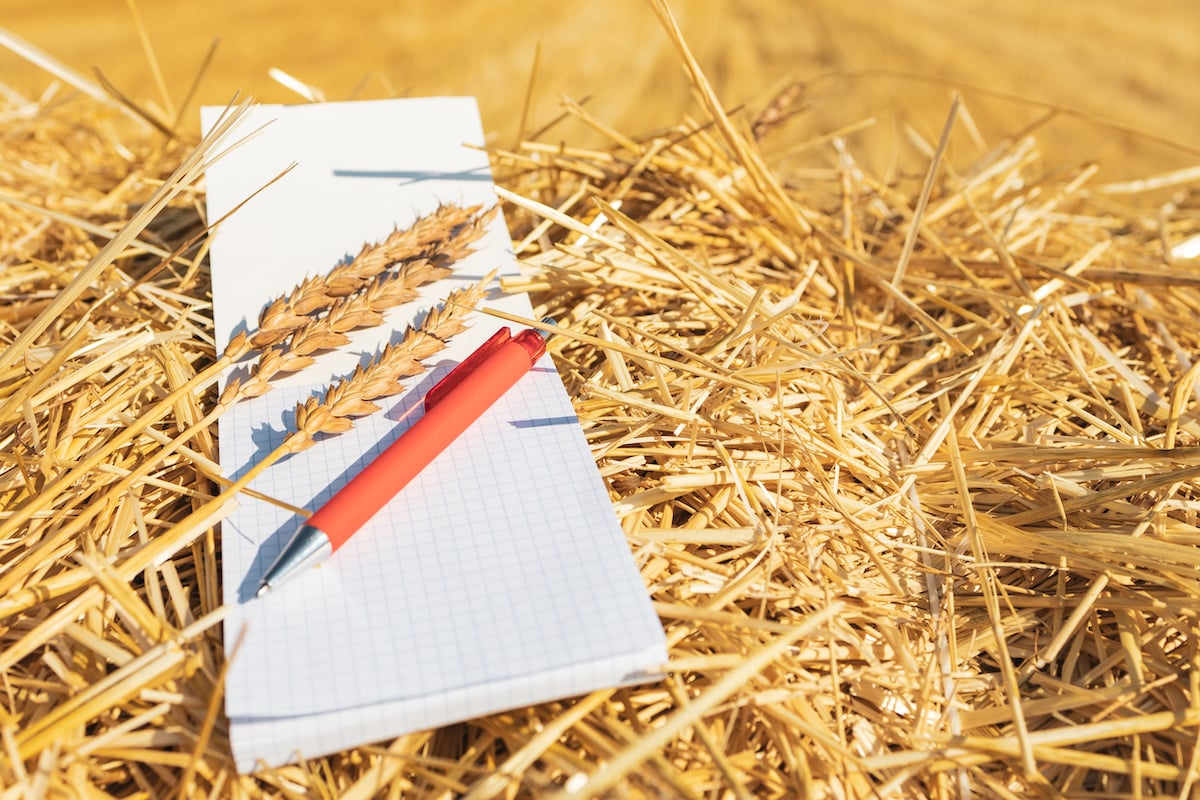When evaluating Return on Investment (ROI) in farming, it’s easy to focus on the most obvious factors—like comparing the cost of a fungicide application to the potential yield increase. If the application costs $25 per acre and corn is selling at $5 per bushel, a 5-bushel yield increase seems to break even. But is that really the full story?
The truth is, higher yields come with hidden costs that many producers overlook. These costs—nutrient replacement, additional wear on equipment, fuel, labor, and drying—add up quickly and can significantly impact the actual ROI of yield-boosting practices. Without accounting for these incremental costs, what looks like a profitable decision on paper may be far less rewarding in reality.
Why Yield Increases Aren’t Always Pure Profit -
It’s easy to assume that any yield gain translates directly into profit. But when you dive deeper, it becomes clear that higher yields mean more than just extra bushels to sell. They also increase the costs associated with harvesting, handling, and maintaining soil fertility for future seasons.
Here’s what often gets missed:
• Nutrient Removal: Every bushel of corn removes essential nutrients like phosphorus and potassium from the soil. These nutrients must be replaced through fertilization, which adds a hidden cost to each additional bushel.
• Equipment Wear and Tear: More bushels mean more hours on the combine, grain carts, and trucks. Equipment depreciation, fuel, and repairs increase as yields rise, turning what may seem like fixed costs into variable expenses.
• Drying and Handling: Higher moisture content means more drying time, adding to energy costs. Increased handling also puts more strain on grain storage and logistics.
When these factors are considered, the breakeven point for a yield-increasing input is often higher than initially calculated.
Recalculating ROI: A Closer Look
Let’s go back to the fungicide example.
• Fungicide Cost: $25 per acre
• Price of Corn: $5 per bushel
At first glance, you’d need a 5-bushel yield increase to break even:
5 bu/ac x $5 = $25
But once you account for nutrient replacement, harvesting, and handling costs, that extra yield isn’t worth the full $5 per bushel. After these hidden costs, the net return per bushel might be closer to $4.16.
This adjustment means that instead of needing a 5-bushel increase to break even, you actually need closer to 6 bushels per acre to justify the application.
he Impact of Hidden Costs on Your Bottom Line
Failing to account for these hidden costs can have real consequences. For example, if that fungicide only boosts your yield by 5 bushels per acre:
5 x $4.16 = $20.80 \acre
Subtract the original fungicide cost:
$25 - $20.80 = $4.20 loss per acre
What looked like a positive ROI turns out to be a net loss—highlighting the importance of factoring in all associated costs when evaluating new practices or products.
Why Accurate Cost Analysis Matters
As margins tighten and input costs continue to rise, accurately calculating ROI is more important than ever. High yields are always a goal, but they shouldn’t come at the expense of profitability. By accounting for nutrient replacement, equipment wear, and other variable costs, you can:
✅ Make more informed decisions about input applications.
✅ Avoid unexpected losses that eat into your margins.
✅ Optimize your operations for long-term profitability.
Tools like MASA's FBS and CropZilla can help track these hidden costs, giving you a more complete picture of your farm’s financial performance.
Final Takeaway: Don’t Let Hidden Costs Undermine Your ROI
When it comes to evaluating ROI, surface-level calculations aren’t enough. Yield increases often come with unseen costs that can erode profitability if left unchecked. To protect your margins and make data-driven decisions, it’s essential to look beyond the obvious and account for the full cost of increased production.
By factoring in these hidden costs, you can ensure that every dollar spent contributes to a healthier bottom line—not just a higher yield.














